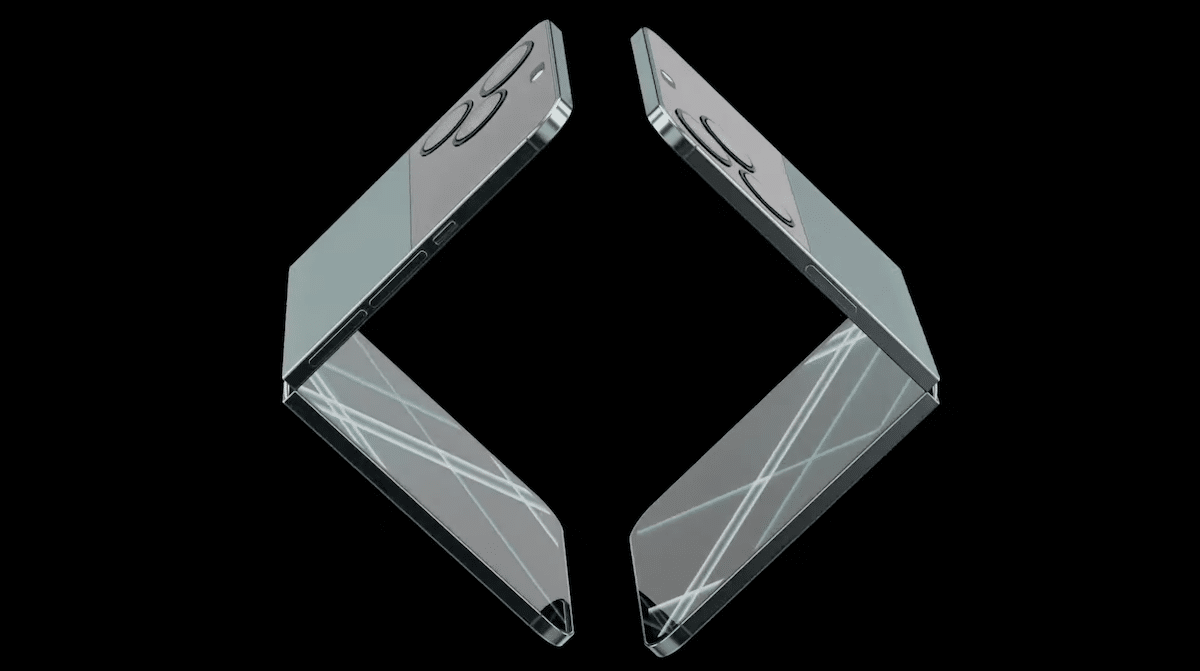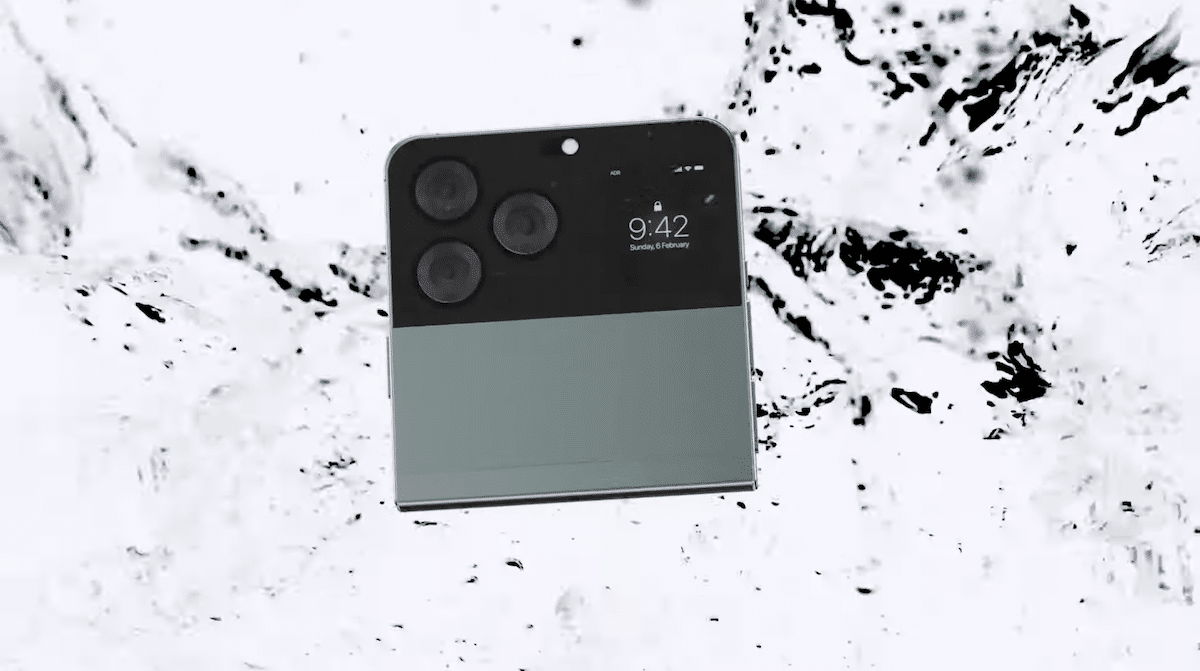For years, rumors have swirled around Apple’s potential venture into the foldable smartphone market. Now, reports suggest that the tech giant is indeed exploring this territory with the development of at least two prototypes of clamshell foldable iPhones.

Thinness, battery life, and durability pose tough hurdles for the foldable iPhone.
A new report indicates that Apple has been quietly working on foldable iPhone prototypes, specifically clamshell-style devices akin to Samsung’s Galaxy Z Flip series. These prototypes fold horizontally, offering a compact form factor when closed and a larger display when opened. Unlike the Galaxy Z Fold series, Apple’s focus seems to be on the clamshell design.
While the concept of a foldable iPhone is intriguing, Apple faces several engineering challenges. The company aims for a device as thin as its current models, but integrating foldable display technology and adequate battery sizes presents hurdles. Moreover, Apple’s engineers are reportedly experimenting with an outward-facing display when folded, a feature that adds complexity due to durability concerns.

Despite the excitement surrounding foldable iPhones, consumers may need to temper their expectations. These devices are not part of Apple’s mass production plans for the next couple of years. The timeline for their release remains uncertain, with suggestions that we may not see them hit the market until 2026 at the earliest. Additionally, the project could be canceled if prototypes fail to meet Apple’s stringent standards.
In addition to foldable iPhones, Apple is also rumored to be developing a foldable iPad. This device, expected to feature an 8-inch inward-folding display, could offer a blend of portability and productivity. Unlike the foldable iPhone, the foldable iPad might be closer to production, as Apple’s standards regarding thickness may be less stringent for larger tablet-like devices.
In related news, Apple’s patent for a self-retracting display, titled “Self-Retracting Display Device And Techniques For Protecting Screen Using Drop Detection,” offers a glimpse into the company’s efforts to improve the durability of foldable and rollable devices. The inventors, Hoon Sik Kim, and Michael B. Wittenberg, propose a system where the screen automatically retracts or activates a release mechanism upon detecting a drop.
While this technology promises enhanced protection, it’s important to note that complete safeguarding against drops remains contingent on factors like the device’s response time and the height of the fall. Nevertheless, this patent underscores Apple’s ongoing commitment to research and development in the field of foldable and rollable displays, suggesting a potential boost in consumer adoption due to improved durability.



